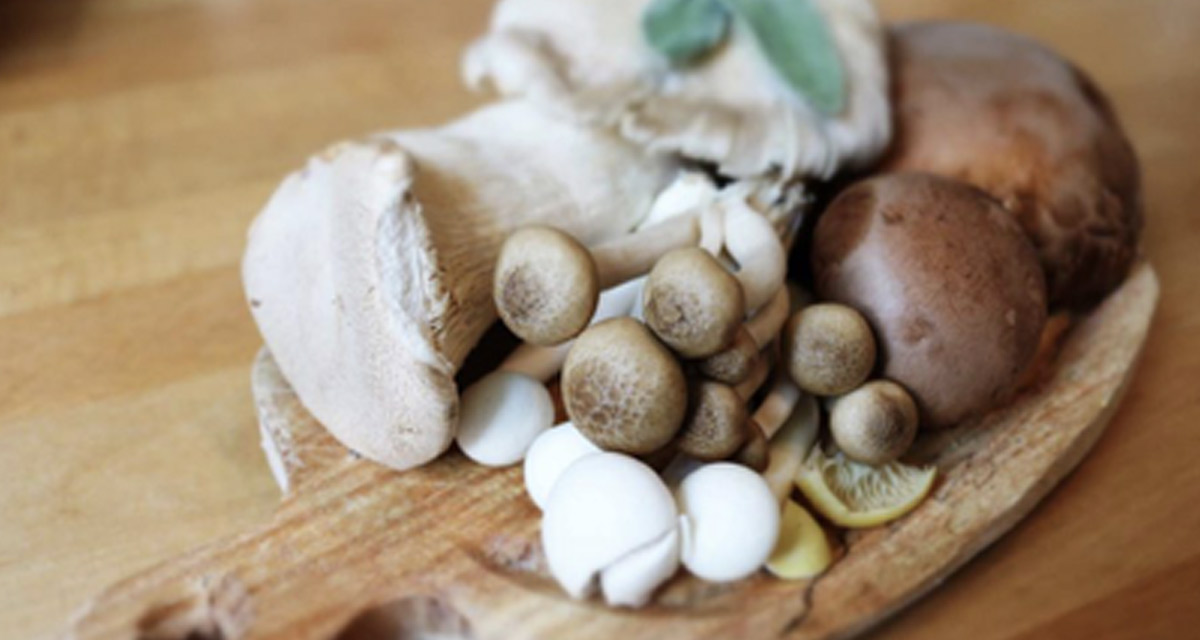Burgers are dominating Australia’s food service landscape. Since 2012 there’s been a sharp turn from the classic drive-thru burger to trendy American-style burger joints using high-quality ingredients. They’ve been able to stand up to the wellness movement, as the perfect “cheat meal”, but with the consumer shift towards sustainable eating choices, can burger restaurants meet them halfway?
That’s what one fast-food chain is hoping to achieve with their new “blended” burger, a beef-mushroom combination that maintains, or even enhances, the meaty flavour and cuts the environmental impact by a third.
Sonic Drive-In began testing a beef patty made up of 25-30% mushrooms earlier in 2017. They didn’t know how their customers would react, but as of May 2018, they rolled out the blended burger as a permanent menu item across their 3,500 locations.
This isn’t the first time we’ve seen blended burgers, however. The Blended Burger Project, which is run by the Mushroom Council and the James Beard Foundation developed the concept for chefs to create recipes for burger patties that are at least one quarter mushrooms. Since the launch of the campaign a long list of chefs have opted in to the project. Even better, many schools and corporate cafeterias have adopted blended burger patties into their offerings. One of those schools is Stanford University, who only serves blended burgers in its cafeteria.
The Culinary Institute of America and the Mushroom Council believe that incorporating plant-based food into meat-based dishes is just one of the ways to shift mainstream consumer diets without completely overhauling lifestyle changes.
Burgers Made Better
Of all the blends, why mushrooms? The idea is that mixing fresh vegetables, particularly chopped mushrooms, in our patties boosts the umami flavour, increases the juicy factor and reduces the amount of salt needed to enhance the flavour. Beef mushroom blends are better for those looking to make healthier options by cutting saturated fat and reduce calorie intake. Best of all it reduces the amount of mince beef needed to make a burger patty, cutting costs and limiting the impact on the environment which comes from meat production.
Caring For Our Planet Through Food Sustainability
According to the World Resources Institute, the US alone consumes 10 billion burgers annually. If 30% of the beef in every one of those burgers was replaced by mushrooms, it would reduce emissions by the same amount as taking 2.3 million vehicles off the road. Australians, by comparison, chow down on around 360 million burgers per year. If more chefs were to adopt the mushroom-beef blend as part of their burger offerings, we can effectively conserve large volumes of water, reduce agricultural land demand and make serious strides towards meeting the carbon emissions reduction strategy.
Mushrooms come with a myriad of health benefits and they’re gentle on the planet. According to The Mushroom Sustainability Store by SureHarvest, mushrooms only need 1.8 litres of water and 1 kilowatt hours of energy, while outputting 300 grams of CO2 emissions. With the annual average yield of mushroom just over 3 kilograms per square foot, (and forgive our maths) up to 450,000 kilos of mushrooms can be produced on one acre of land.
In a nutshell, this means a few (pretty amazing) things:
Water needed to grow mushrooms is a fraction compared to some of the top water consumers such as alfalfa, almonds and beef
The mushroom-beef blend will help get CO2 emissions under control, our energy footprint in a good place and help us meet our climate agreement
Despite needing specific conditions to grow and often being fussy about temperature, mushroom’s ability to grow in small space yet produce high yields makes it a profitable and valuable alternative
According to Mushrooms Australia, the mushroom growers industry is the ultimate agricultural recycler. Mushie food is made from wheat straw, poultry litter, certain organic materials, gypsum and water. The blend offers the ultimate nutrient-rich vehicle for quality mushrooms. Once harvested, the substrate goes back into the environment as potting mix and garden mulch.
Blended meat combinations aren’t limited to burgers either. The Blendiatarian website offers up some tasty alternatives ideal for a year-round menu including Japanese mushroom blend meatballs with ponzu glaze and lamb ragout.
Will mushroom blended meats succeed in persuading people to eat less beef? It certainly seems a better approach than asking people to change a life-time habit by pointing out the cost. Restaurateurs, food service retailers and chefs have a role to play in bringing this strategy for change onto the plates of the consumers.





